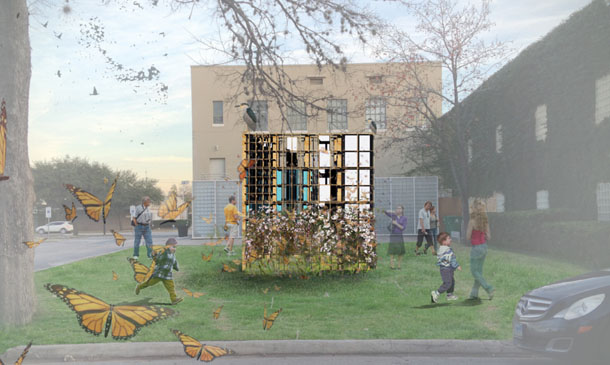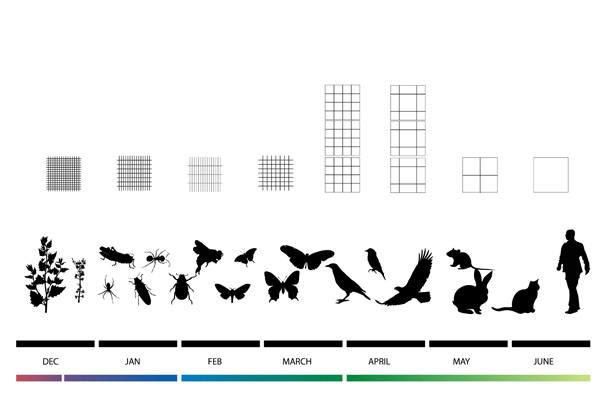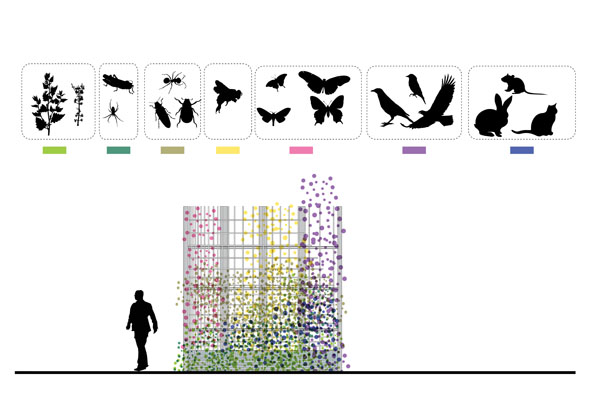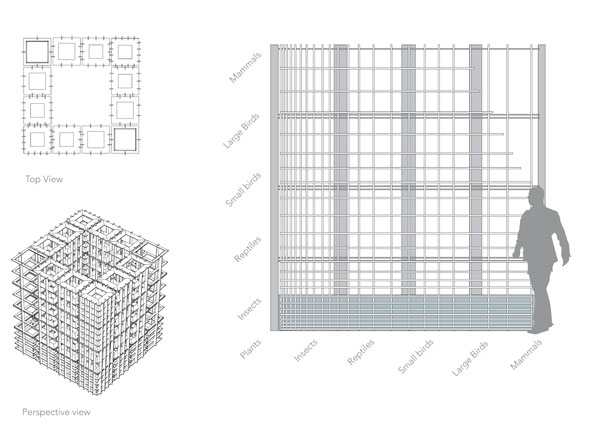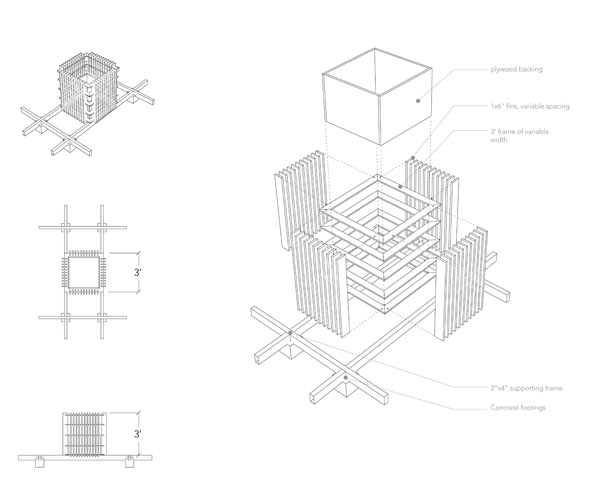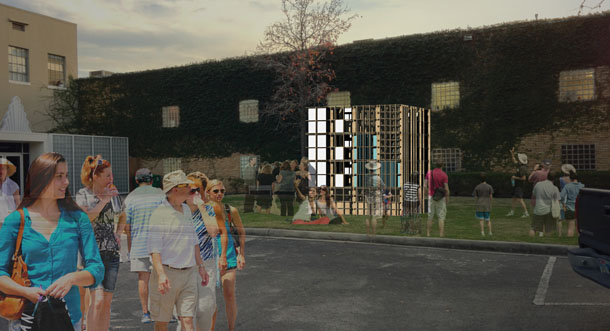In January of 2016 The Expanded Environment in conjunction with local partners will construct Houston’s first and largest Bio-Habitable sculpture in the Sculpture Garden at Lawndale Art Center.
The message is clear: Our world is filled by many creatures. It is time that we began to live with and among them.
Part art-sculpture, part habitat; part man-made and part animal-made. Always educational, aesthetically exciting and highly interactive.
Our intention is that this Bio-inclusive eco-performance-artwork will transgress, distort and alter anthropocentric world-views by delivering a message of eco-awareness, biodiversity and cross-species collaboration.
And we need your help!
We are seeking partnerships with school groups, botanists, biologists, bird watchers, landscapers and volunteers to help us realize this project.
A microcosm in your back-yard
Bio-City is a cross-disciplinary, six-month-long performance-art-sculpture scheduled to begin at Lawndale Art Center in January of 2016. The project will involve the creation of numerous small-scale structures each one timed, designed and tuned to attract, interface, or illustrate indigenous and migratory life on the site. The project seeks not only to create a beautiful, quasi-natural urban landscape but to address the decline of biodiversity in urban areas.
We are seeking partnerships with school groups, botanists, biologists, bird watchers, landscapers and volunteers to help us realize this project.
A series of installations timed with seasonal and biological rhythms to invite the habitation of Houston’s wildlife.
BIO-City is planned to be monitored and adjusted over the course of a 6 month cycle. A series of installations will occur at key moments and each time followed by weeks of observation and analysis.
The first phase in the winter of 2016 will set the stage at Lawndale’s outside rear courtyard. Soil and water elements will be established and emphasized in key locations. Floral elements, grasses and other plants, will also be framed or planted. After 6 weeks of periodic observation a series of insect habitats will be placed according to site conditions and the success of the first stage. After another period of inspection and based on the presence of certain insect populations, a secondary species will be invited to participate. This species is intended to be insectivorous and could include birds and/or some mammals.
A gradient of spaces to organize life – from Bee to Swift.
In early 2016, again based on the success and arrival of a secondary species a tertiary species will be invited which again could be birds/mammals. Finally, a human component such as an observation area, sitting areas, or other space for people would be created.
We need your help!
The size, scope and intention of this piece requires the input and participation of many individuals.
- We could really use:
- Soil and planting materials
- Plants of many kinds, particularly milkweed
- Scrap wood and building materials
- Down lumber, fallen trees, logs, twigs, leaves, and yard trimmings
- Volunteers to help build!
- Your financial support!
If you are interested in helping out in any way – as a volunteer carpenter, a biologist, a botanist, with maintenance or at any level of financial support please contact us at the email address below.
expandedenvironment@gmail.com
Sponsorship opportunities are available for individuals and corporations. Starting at $100.00
The Expanded Environment is a 501c3 corporation and a portion of all donations and sponsorships are tax deductible.

